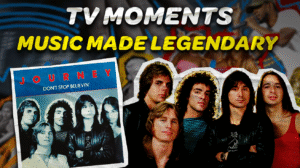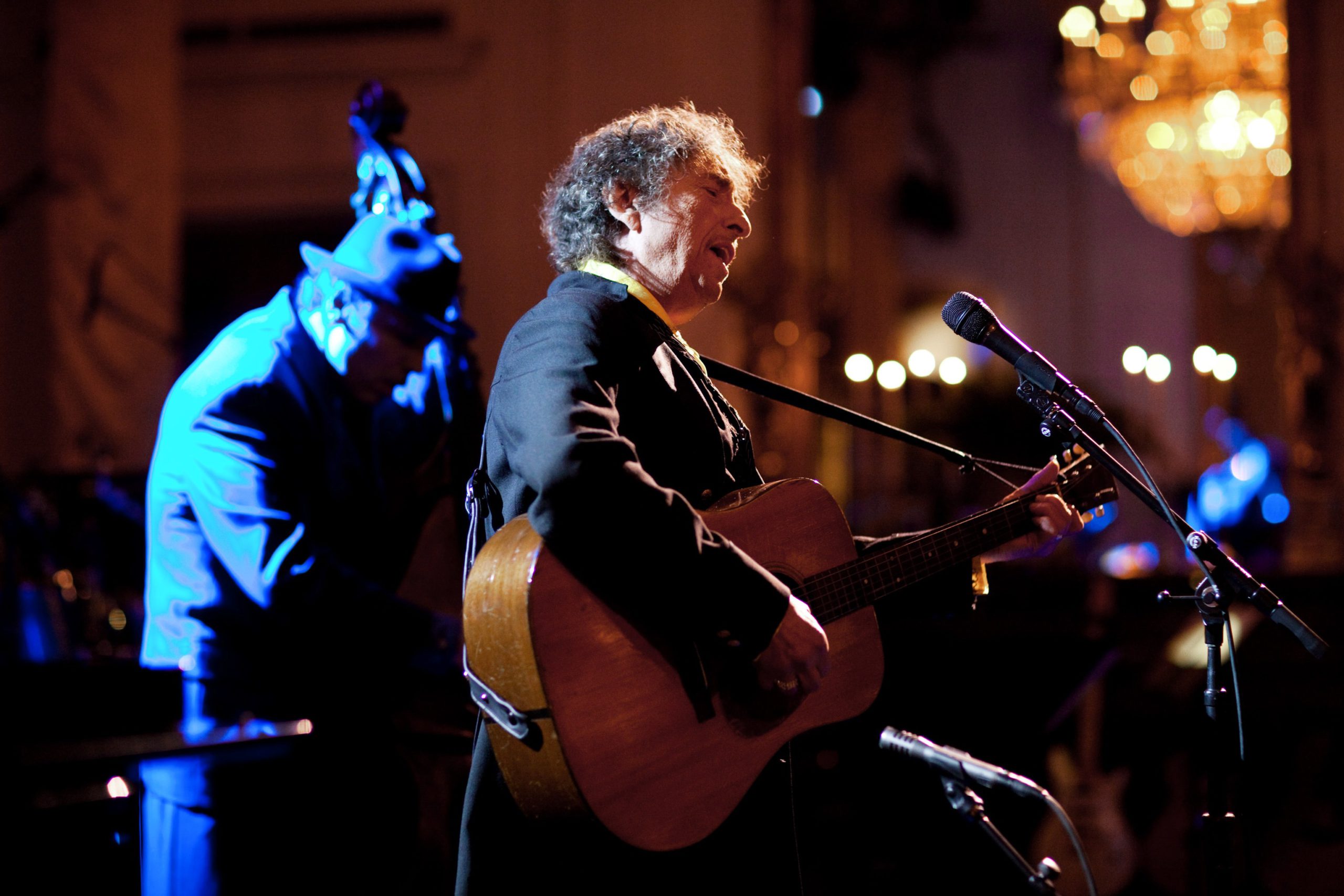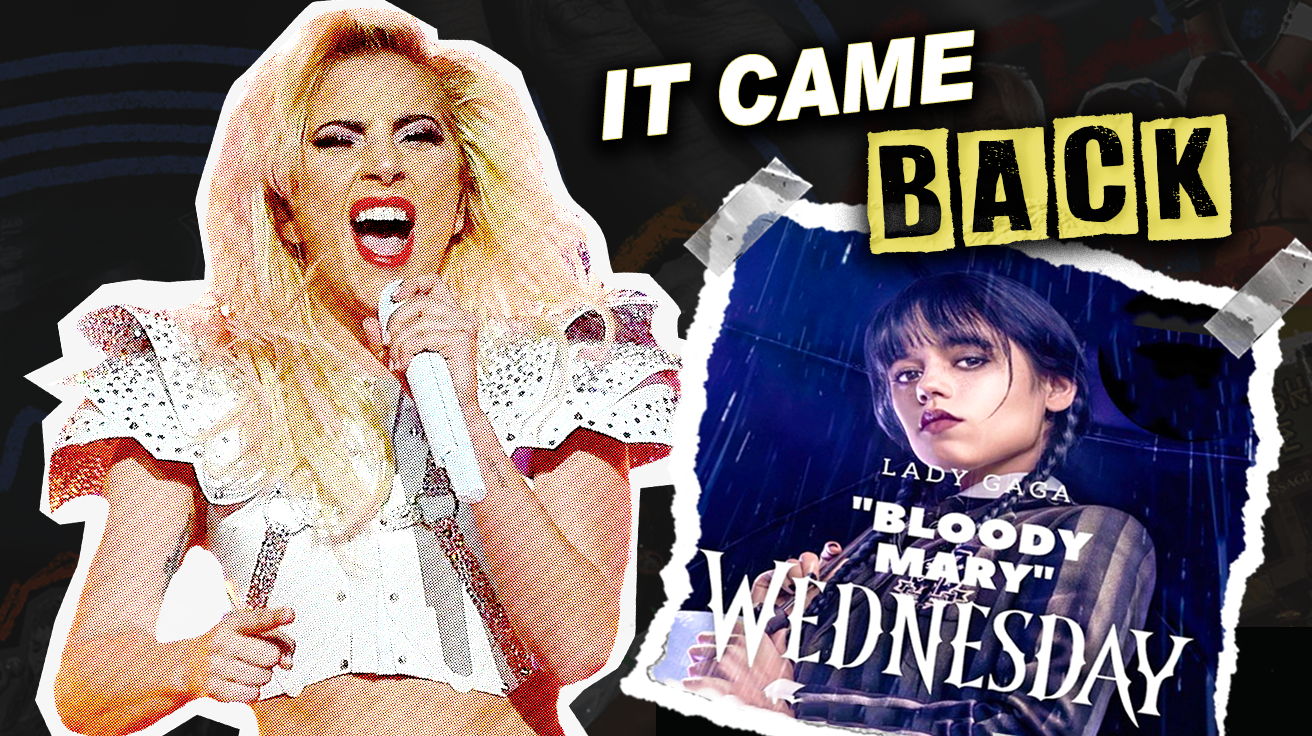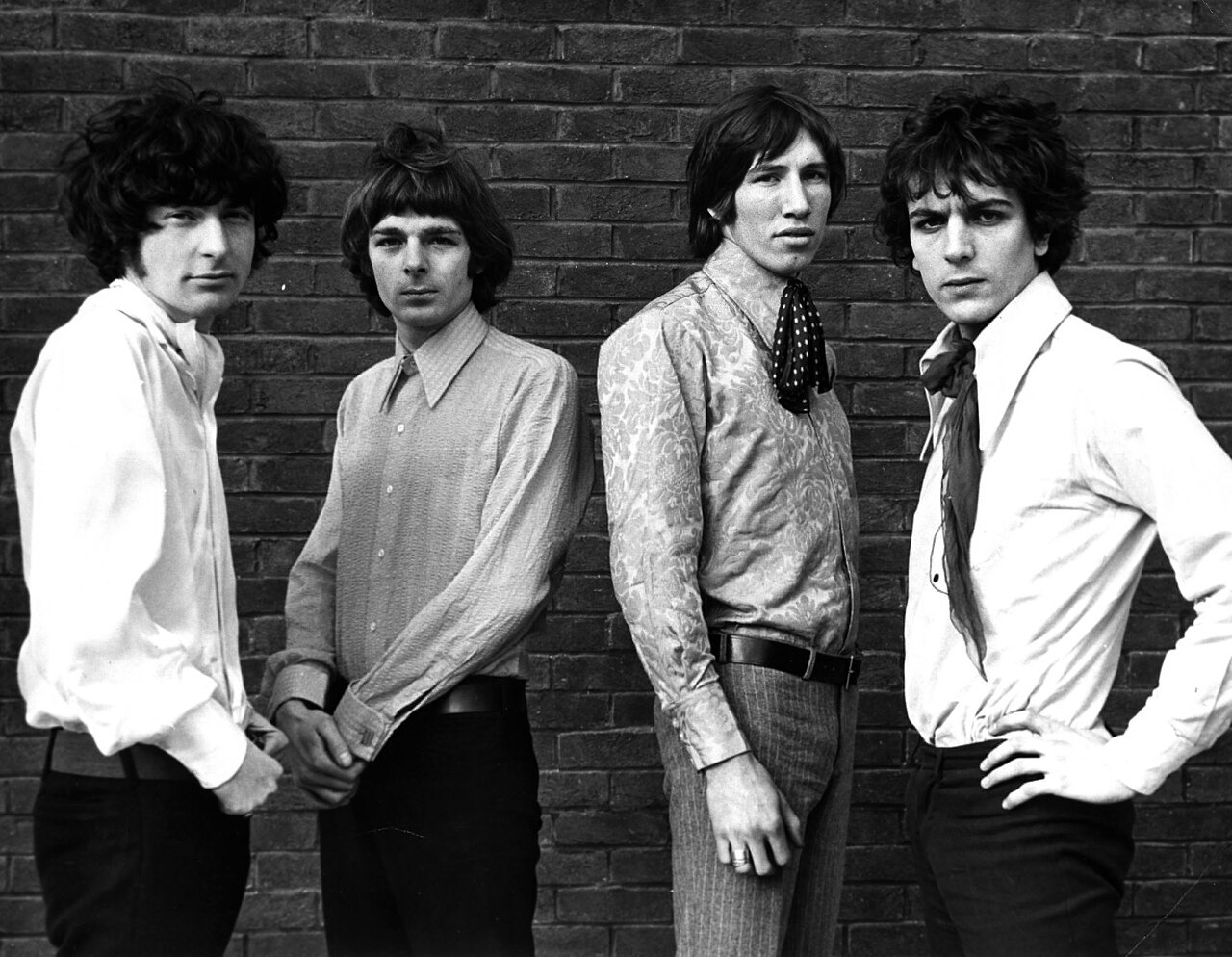
The greatest songs of the 1970s weren’t complicated. In fact, from “Dreams” to “The Gambler,” the decade’s most enduring hits used just three chords total. Artists like Simon & Garfunkel didn’t need musical gymnastics – they built entire careers around these accessible patterns anyone could play. Their massive success tells us something important: true creativity thrives within limits, not despite them. It’s a reminder that sometimes less truly gives us more.
Simple chords created the soundtrack to a generation.
From southern rock to folk ballads, these 10 three-chord classics showcase how the 70s changed music forever.
10. Sweet Home Alabama – Lynyrd Skynyrd

Southern rock needed minimal ingredients – D, C, and G – to create one of its defining anthems in 1974. The iconic opening riff builds from D major, with this simple foundation powering the entire track. Lynyrd Skynyrd’s hit reached #8 on Billboard Hot 100 and earned 2x Platinum certification. Some controversy surrounded its perceived pro-segregation lyrics, yet its accessible structure makes it perfect for beginners while still delivering that classic Southern rock energy.
9. Let Your Love Flow – The Bellamy Brothers

The Bellamy Brothers turned basic chords – D, G, and A – into chart-topping magic across both country and pop in 1976. Adding a capo on the first fret brightens the tone considerably. The song topped both Billboard Hot 100 and country charts, even becoming an international #1 hit. Its crossover appeal between country and pop audiences demonstrates how straightforward musicianship can create something with genuine mainstream appeal that still sounds fresh today.
8. Up Around the Bend – Creedence Clearwater Revival (CCR)

When John Fogerty needed to capture pure road-trip energy in 1970, he reached for just D, G, and A major. His distinctive vocals soar over verses that move between D and A, while the chorus kicks in with all chords for maximum impact. Despite its short runtime of just over 2 minutes, the track climbed to #4 on Billboard Hot 100. The straightforward structure perfectly supports the song’s optimistic, adventurous lyrics.
7. Long Way to the Top (If You Wanna Rock ‘n’ Roll) – AC/DC
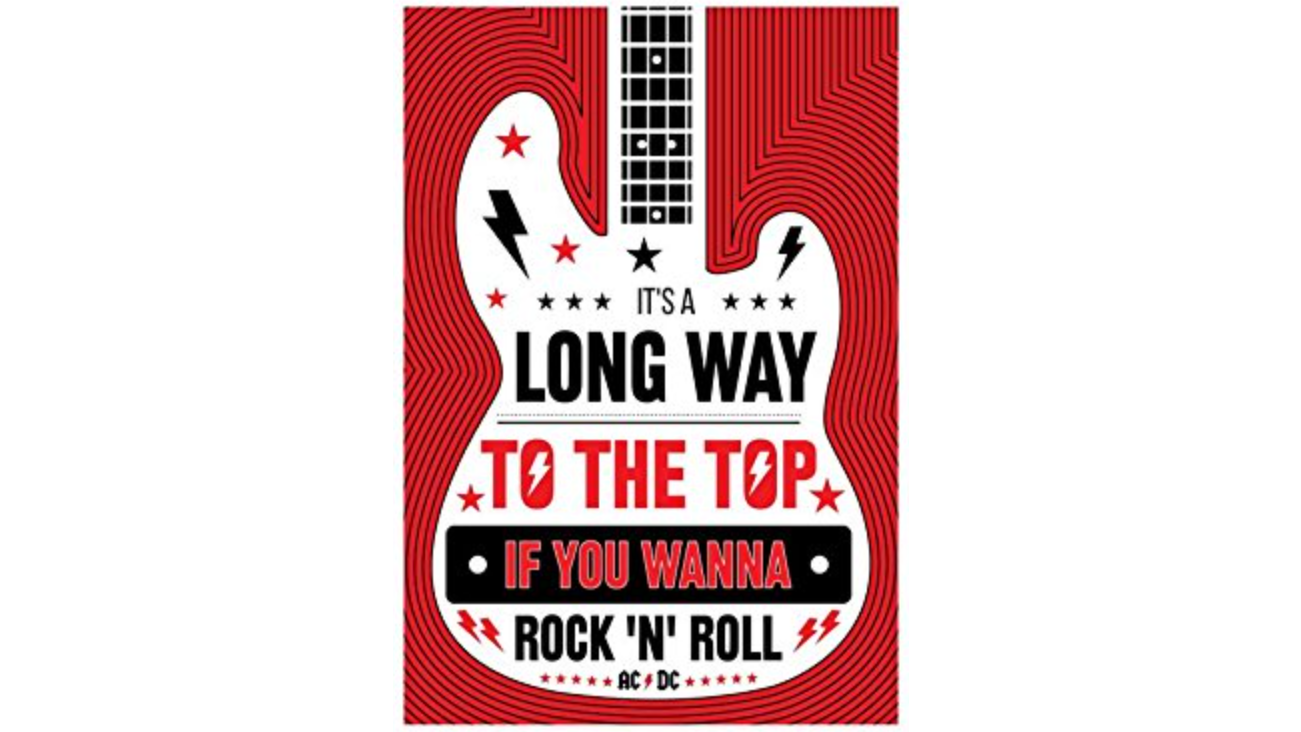
Many rock songs buried simple ideas under complexity, but AC/DC stripped everything down to power chords – A5, G5, and D5 – for this raw 1976 anthem. Though initially overlooked on the charts, the song gradually gained popularity, especially in Australia. What sets this track apart is the unusual addition of bagpipes alongside Angus Young’s blistering guitar work. AC/DC perfectly matched the song’s lyrics about rock musician struggles with its gritty, determined sound built on just three chord shapes.
6. Old Time Rock and Roll – Bob Seger
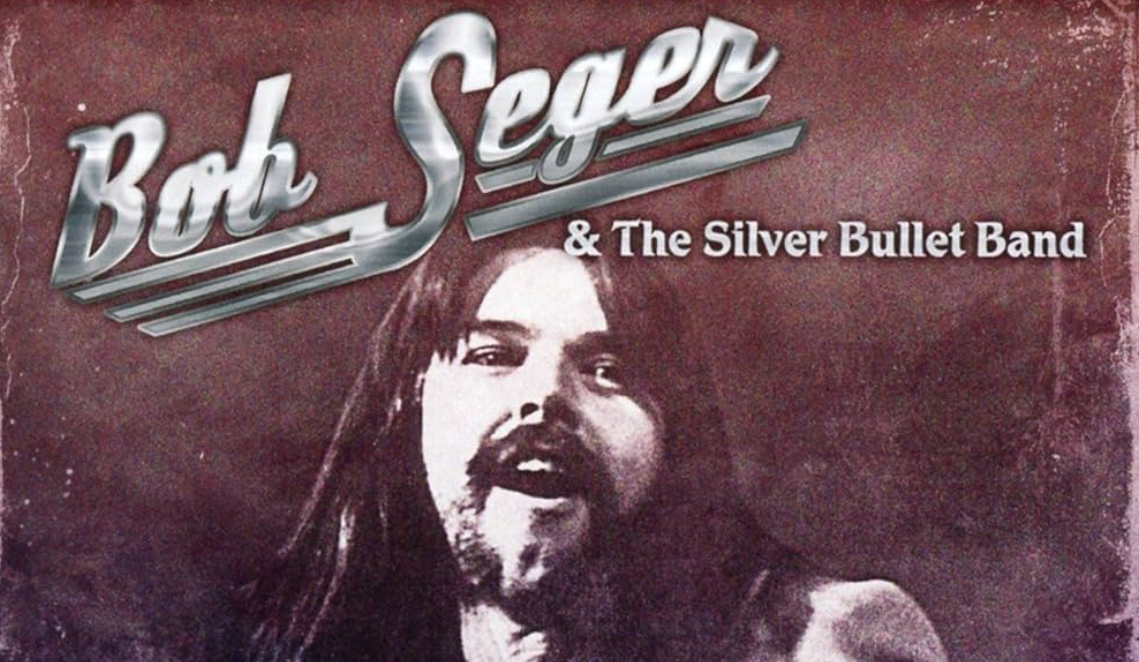
The iconic Tom Cruise slide wouldn’t exist without Bob Seger’s D, G, and A chord masterclass from 1978. The track initially peaked at only #28 on Billboard Hot 100. It found renewed fame after that famous “Risky Business” scene, eventually earning Platinum certification. Its piano and saxophone elements elevate the simple progression into something genuinely memorable. Bar bands, commercials, and karaoke singers have kept this track alive for decades.
5. Dreams – Fleetwood Mac

If you’ve ever fallen under the spell of Stevie Nicks’ voice, you’re hearing the magic of just F major 7 and G major working their hypnotic power. This 1977 hit from the massively successful “Rumours” album topped the Billboard Hot 100 with its dreamy, repetitive progression creating an almost trance-like quality. In 2020, “Dreams” experienced a viral resurgence on TikTok, introducing a new generation to its simple yet effective chord structure that sounds as fresh today as it did decades ago.
4. The Gambler – Kenny Rogers
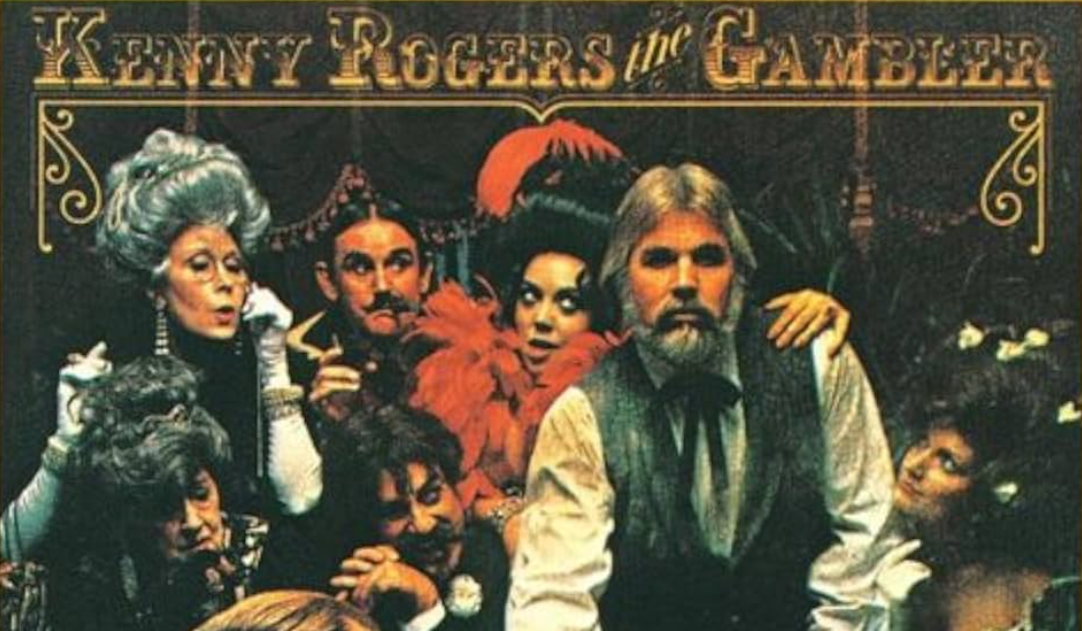
The Gambler’s legendary advice comes packaged in repeating patterns – D, G, and A major – that Kenny Rogers leveraged into Grammy-winning storytelling. The song topped country charts and reached #16 on Billboard Hot 100, earning Rogers a Grammy for Best Male Country Vocal Performance. Its gambling narrative with life advice metaphors shows how basic musical elements can support powerful storytelling. The track’s success even inspired a series of TV movies starring Rogers himself.
3. Cecilia – Simon & Garfunkel

Simon & Garfunkel proved percussion and minimal harmony – G, C, and D – could create an international #4 hit that still drives singalongs today. The “Cecilia” topped charts in several countries worldwide. Unique percussion sounds created with everyday objects complement the duo’s signature vocal harmonies throughout. Some controversy surrounded its sexual content, yet this Gold-certified track continues to find new audiences decades after its release.
2. Jolene – Dolly Parton

When Dolly Parton needed to plead with a beautiful rival in 1973, she chose just Am, C, and G major. The “Jolene” topped the country charts and later earned a spot in the Grammy Hall of Fame. Numerous artists across multiple genres have covered this Gold-certified track over the years. Dolly’s storytelling abilities shine through the simple musical structure, creating a timeless classic that transcends its country origins.
1. First Cut Is the Deepest – Rod Stewart

If you’re looking for the perfect beginner song that still carries emotional weight, Rod Stewart’s 1977 version of this Cat Stevens classic uses just C, G, and F. While peaking at #21 on Billboard Hot 100, the song reached #1 on the UK Singles Chart. Stewart’s signature raspy vocals bring emotional weight to the heartbreak lyrics over an accessible progression. Multiple cover versions across decades have helped maintain the song’s cultural relevance and showcase its lasting appeal. If you’ve enjoyed this piece on songs from the 70s, you might also want to find out which were the most popular songs back then.




